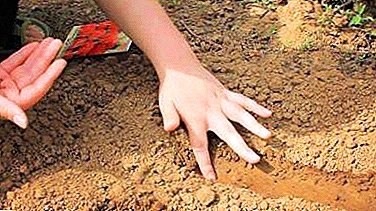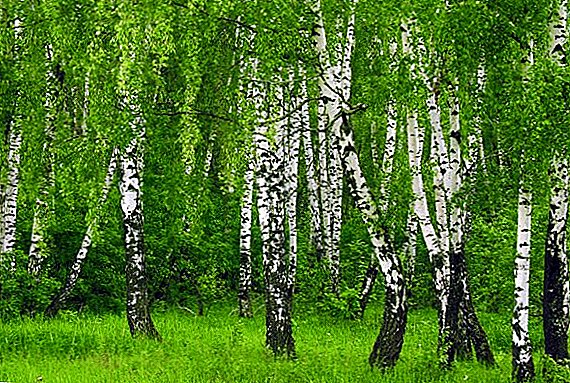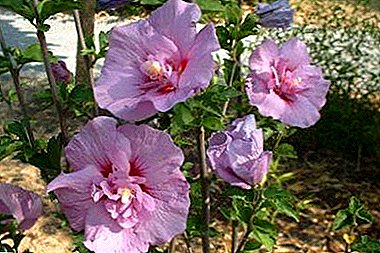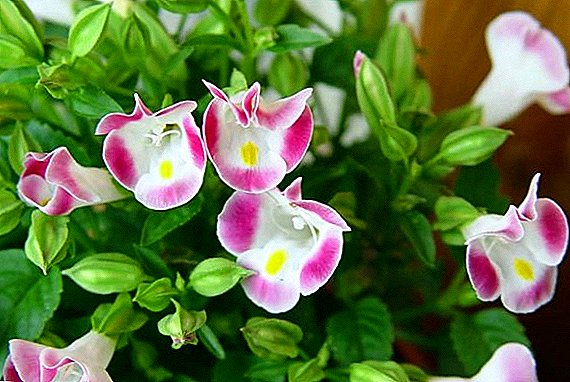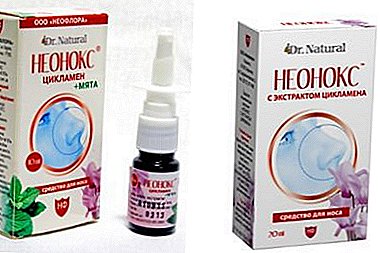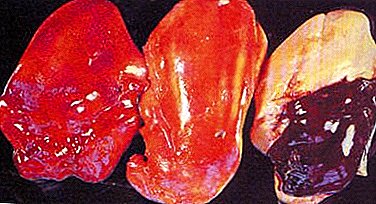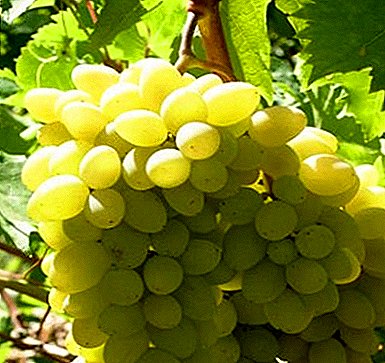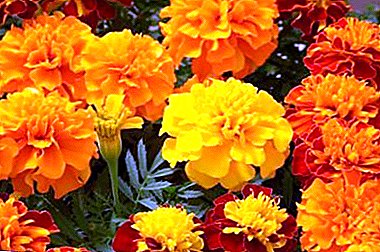
Marigold and saffron - flowers that can be found on almost every summer cottage.
Despite the fact that by nature these plants are completely different, many gardeners often confuse them.
What are their differences and how are they similar? And why is there a constant confusion between these colors?
Comparative description and photo
Among flower growers there are disputes over the fact that the marigolds are the safer which is the more accessible, but equivalent in appearance and properties, saffron. Both of these plants are widely used in cooking, medicine and cosmetology (read about the use of marigolds in folk medicine and cooking, and we talked about medicinal properties and contraindications to the use of this flower in this material). But at the same time marigolds and saffron are not related, but different flowers, but they have similar qualities. See the difference will help their comparative description.
Plant of the Astrov family
 Marigolds belong to the Astrov family, are an annual culture. Very rare are perennial varieties of these flowers. In the people, the marigolds are better known as the Chernobrids.
Marigolds belong to the Astrov family, are an annual culture. Very rare are perennial varieties of these flowers. In the people, the marigolds are better known as the Chernobrids.
Botanical description:
- Have a bush form, small size.
- The stem of the plant is erect, branched.
- Inflorescences in the form of baskets.
- The flowers are bright, often yellow and orange, terry at the edges.
- Fruits of marigolds are oblate black achenes.
Marigold - light-loving plant that loves heat and moisture. The flowering period begins in late spring and continues until the fall (see how the flowers look in the photo, and also find out why they do not want to dissolve the buds here, and in this article read about feeding marigolds for abundant flowering).
In the suburban areas marigolds also benefit: they are used as natural insecticides. Flowers scare and protect plants from nematodes, weevil, onion flies, scoop, aphids, ants. That is why agronomists recommend planting marigolds between vegetable beds, along the perimeter of the beds or in the form of small islands.
Learn more about these colors from the video:
Flowers from the Iris family
 Saffron is a perennial plant of the Iris family. Excerpts from the botanical description:
Saffron is a perennial plant of the Iris family. Excerpts from the botanical description:
- Has tubers in the form of bulbs.
- It grows to a small height - up to 25-30 cm.
- Stem does not have.
- Leaves are basal linear, single buds.
- Fruits - small seed boxes.
- The flowering period of saffron 2 is autumn and spring (depending on the particular variety).
The flower stigmas look like tubules no longer than 4 mm in length, which have a sweet, pungent aroma. There are 3 such tubes in one flower. Of these, the world famous spice is made. For its preparation, the tubes are carefully separated from the flower, dried and ground. You can store this spice for no more than 2 years.
Saffron is a high-calorific, contains a large amount of vitamins and minerals (thiamine, fatty oil, nitrogenous substances, lycopene and others). The flower also has healing properties and is widely used in medicine..
The plant has anticonvulsant and anti-inflammatory effect, reduces cholesterol. Crocetin acid, contained in saffron, not only prevents the growth of cancerous tumors, but also destroys their stem cells. Outwardly, the flower is used to treat burns and skin diseases.
What is the difference?
Comparative characteristics of plants.
| Indicator | Marigold | Saffron |
| Family | Astro | Iris |
| Stem | Branched, straight | Missing |
| Root | Branched, there are adventitious processes | In the form of onions |
| Motherland | America | India, Middle East |
| Impact on the body (it is both difference and similarity). | Benefit for individual organs and systems. | Rejuvenating and general healing effect. |
| Use in cooking | Enter into herbal fees. | The most expensive spice. It is badly combined with other spices. |
Imereti variety
 Another name is zafaran. Belongs to the Astrovye family. Annual herbaceous plant. According to the botanical description, Imereti saffron is almost identical to marigolds.:
Another name is zafaran. Belongs to the Astrovye family. Annual herbaceous plant. According to the botanical description, Imereti saffron is almost identical to marigolds.:
- Stem erect, up to 50 cm high.
- Leaves up to 11 cm long, finely dissected.
- Inflorescences appear in the middle of summer.
Spice can also be made from Imereti saffron. But it will differ from the present saffron in taste, aroma and price (much cheaper).
Important! Useful properties of Imereti saffron are significantly inferior to the present.
Reason for confusion
Many gardeners believe that marigold and saffron are one and the same plant, but this opinion is wrong, since these flowers are completely different, although they look very similar to each other. Why are marigolds and saffron often confused? There are several reasons for confusion.:
- The visual similarity of color and flavor.
- Beneficial features. Both marigold and saffron are equally useful for treating the human nervous system, gastrointestinal diseases, and improving the nervous system. In addition, both plants are used to treat bacterial infections and inflammatory processes.
So, the main difference between marigolds and saffron is belonging to different families. They contain vitamins and trace elements that act on various organs of the human body. A confusion arises because of the similarity of flavor and color of these plants.


